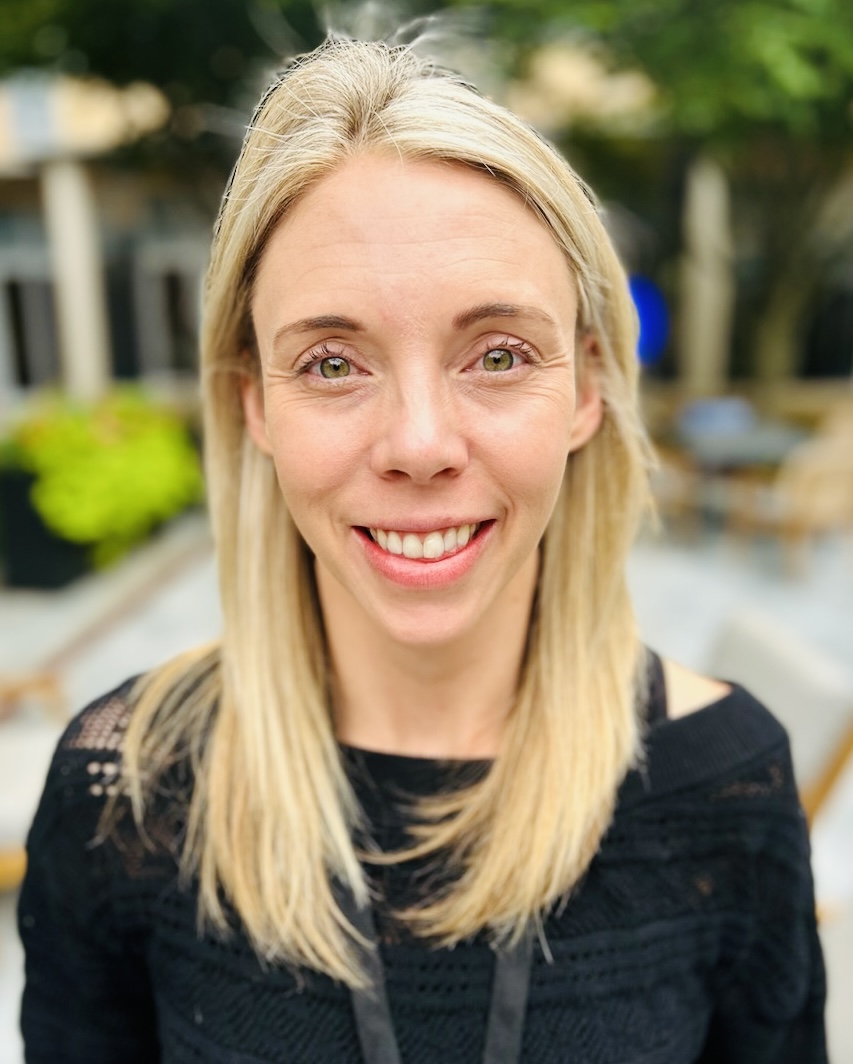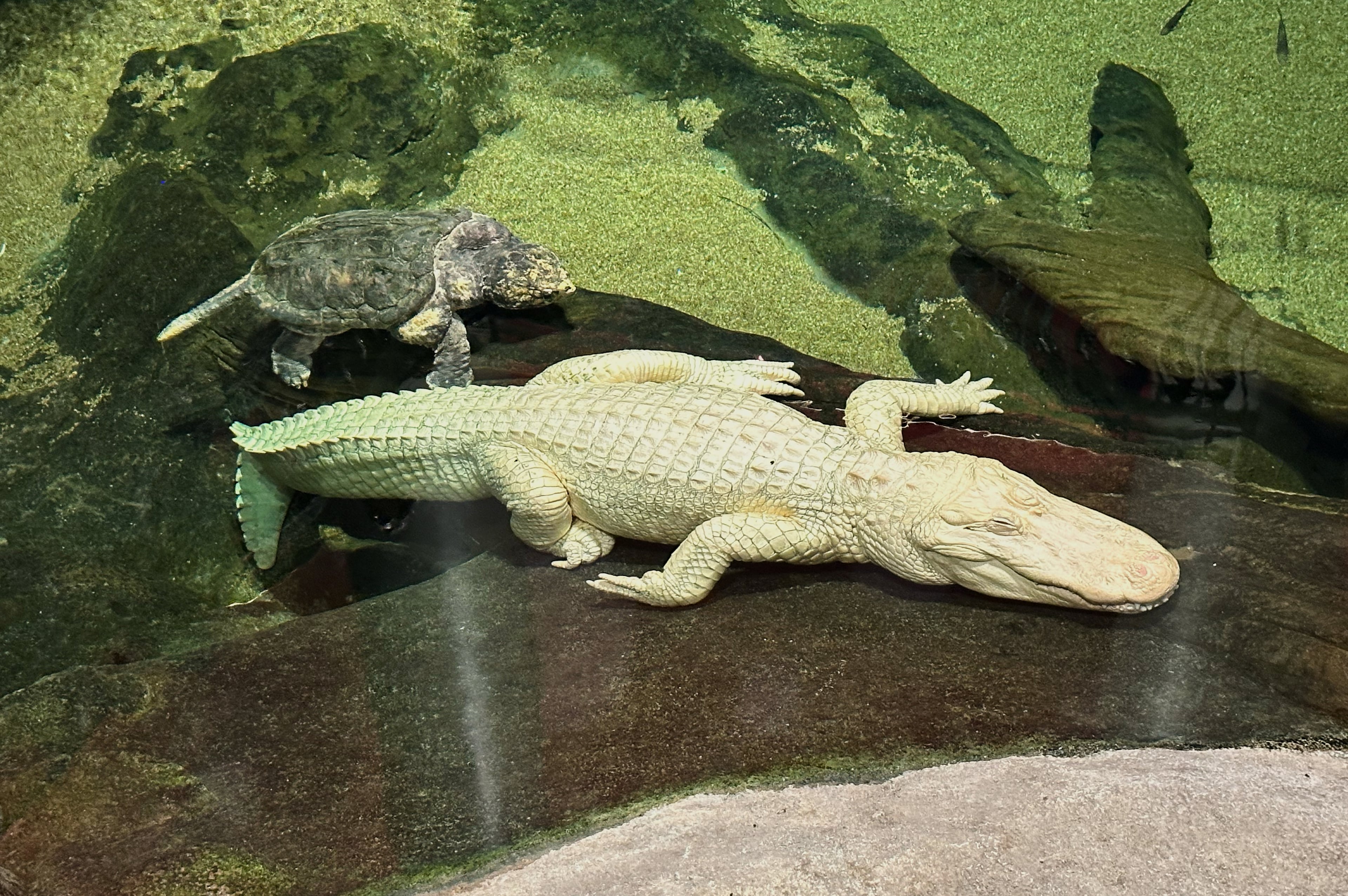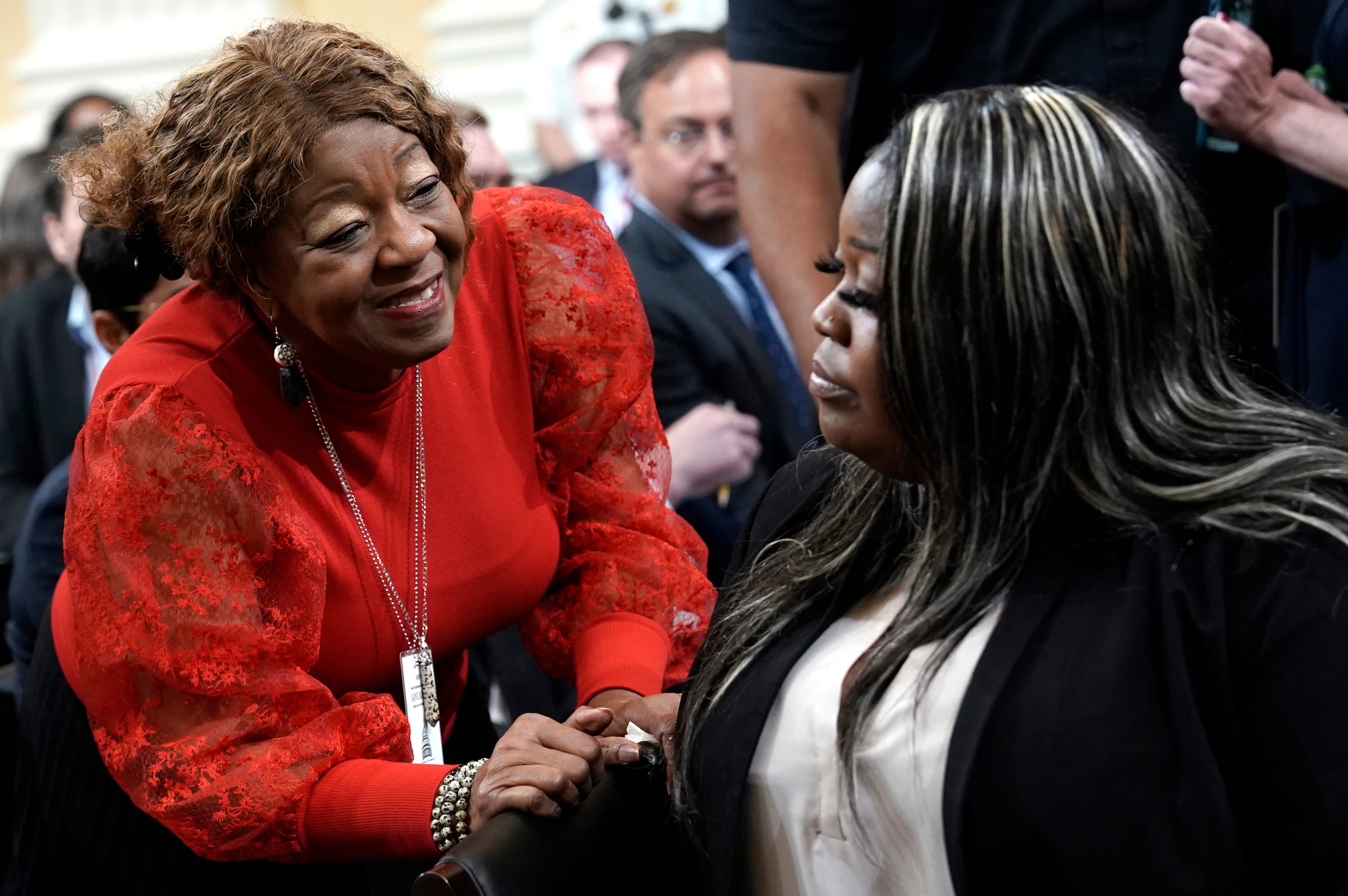‘She sparked a movement’: Atlanta primatologists reflect on Jane Goodall
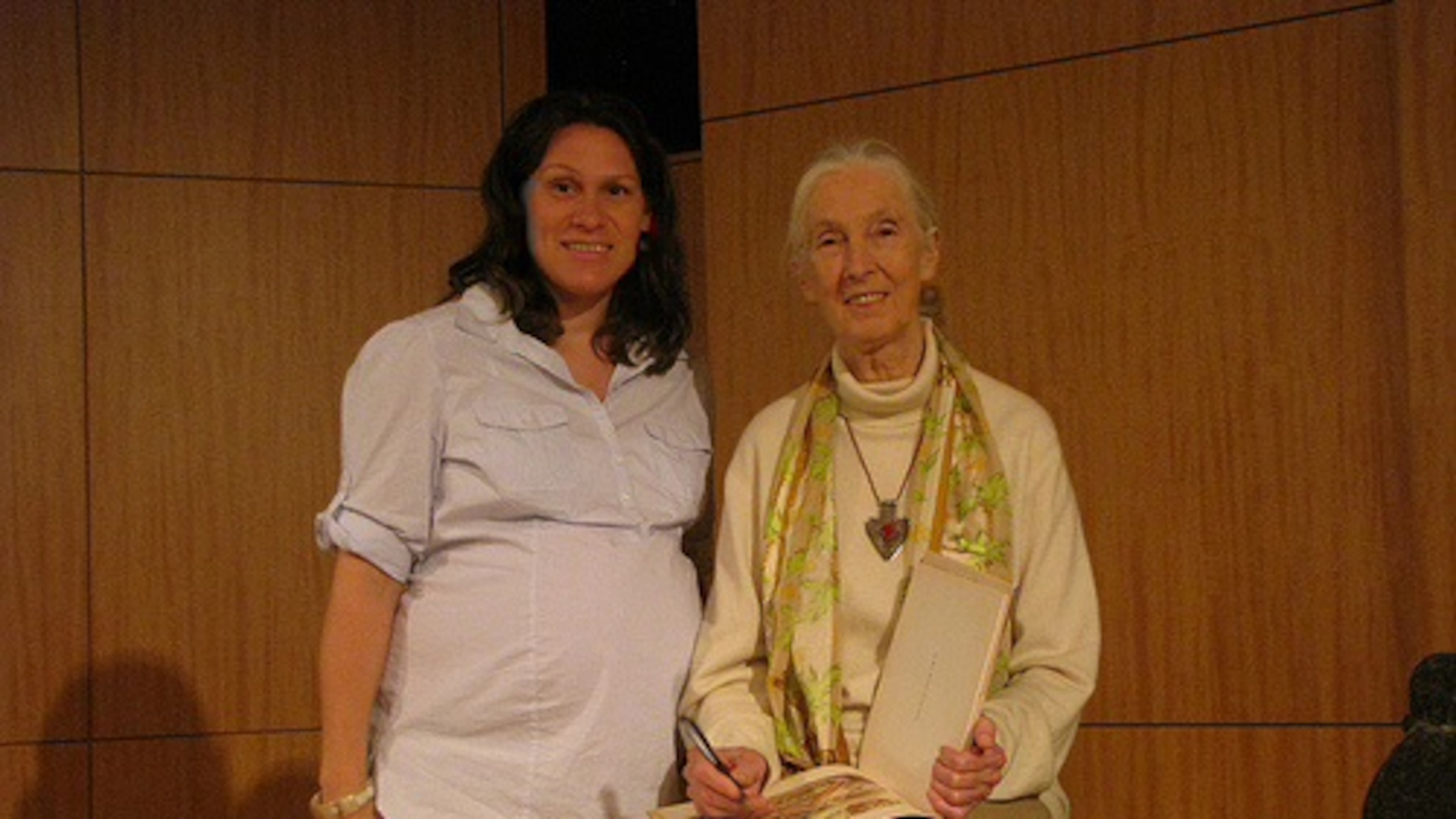
At 91, Jane Goodall was still traveling the country to speak about the importance of conservation and protecting biodiversity for the future of the planet when she died of natural causes in Los Angeles on Wednesday.
When Jodi Carrigan, curator of primates for Zoo Atlanta, first heard the news, she was struck by a mixture of sadness and admiration for the legacy Goodall left behind.
When she was 7, Carrigan knew she wanted to work with primates. Though she can’t quite remember what triggered her interest in primates, she can remember that not long after, she discovered Goodall.
At the time, Goodall was appearing on television, in documentaries and in National Geographic magazine. Seeing the petite, courageous and kindhearted scientist brave the jungles of Gombe National Park in Tanzania to observe the relationships and behaviors of wild chimpanzees was awe-inspiring.
“Jane Goodall is at the heart of so many of our stories (as women in primatology),” Carrigan said. “Dian Fossey became the voice for mountain gorillas. Jane Goodall was pretty much the heart and soul for chimpanzees. … Birutė (Galdikas) was one of the orangutan greats. … Growing up, these women were very powerful.”
Tara Stoinski — CEO of the Dian Fossey Gorilla Fund, a nonprofit with headquarters at Zoo Atlanta dedicated to protecting gorillas and their habitats — agreed.
“Jane Goodall and Dian Fossey were hugely inspirational. … Seeing them on the cover of National Geographic and just hearing about their work … they were, in a way, ever-present as these pioneering female scientists,” Stoinski said.
“There are actually a lot of female primatologists compared to some of the other scientific fields. … I don’t have scientific data, but my guess is a lot of them were inspired by Jane and Dian.”
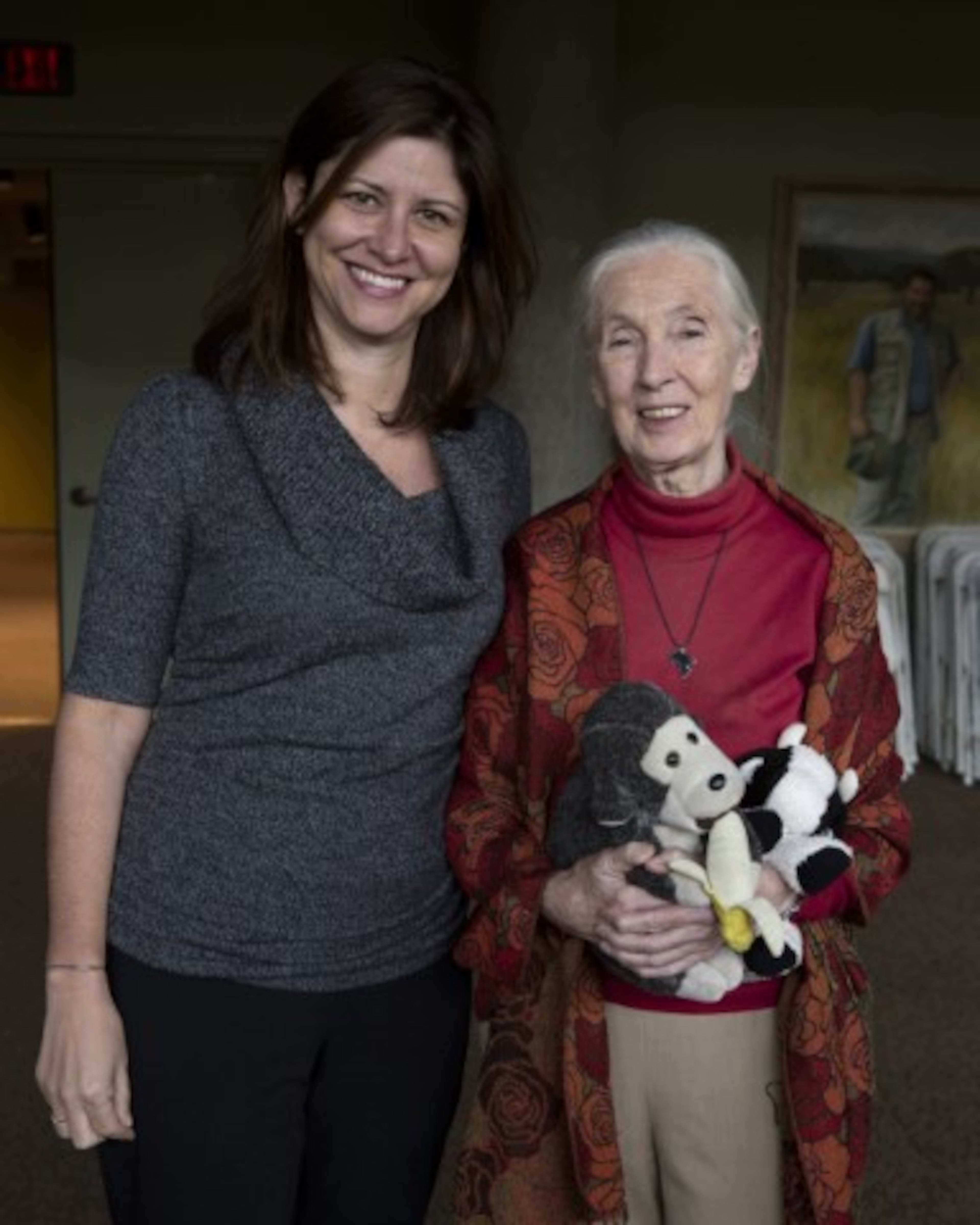
Carrigan and Stoinski admire Goodall’s courage to challenge science. Goodall was the first to document in detail chimpanzees’ use of tools. She discovered the previously overlooked intelligence, emotions and social complexities of chimpanzees: how they mourn their dead, form lifelong friendships and care for the rainforest and their young.
“It sparked a movement,” Carrigan said.
That movement can now be evidenced at zoos across the globe in both big and small ways. For example, when Carrigan worked with a troop of 15 chimpanzees at Zoo Miami, she implemented many enrichment activities like puzzles and problem-solving activities because of Goodall’s research on chimpanzee intelligence.
The fact that Zoo Miami had 15 chimps in one enclosure was also a result of Goodall’s studies.
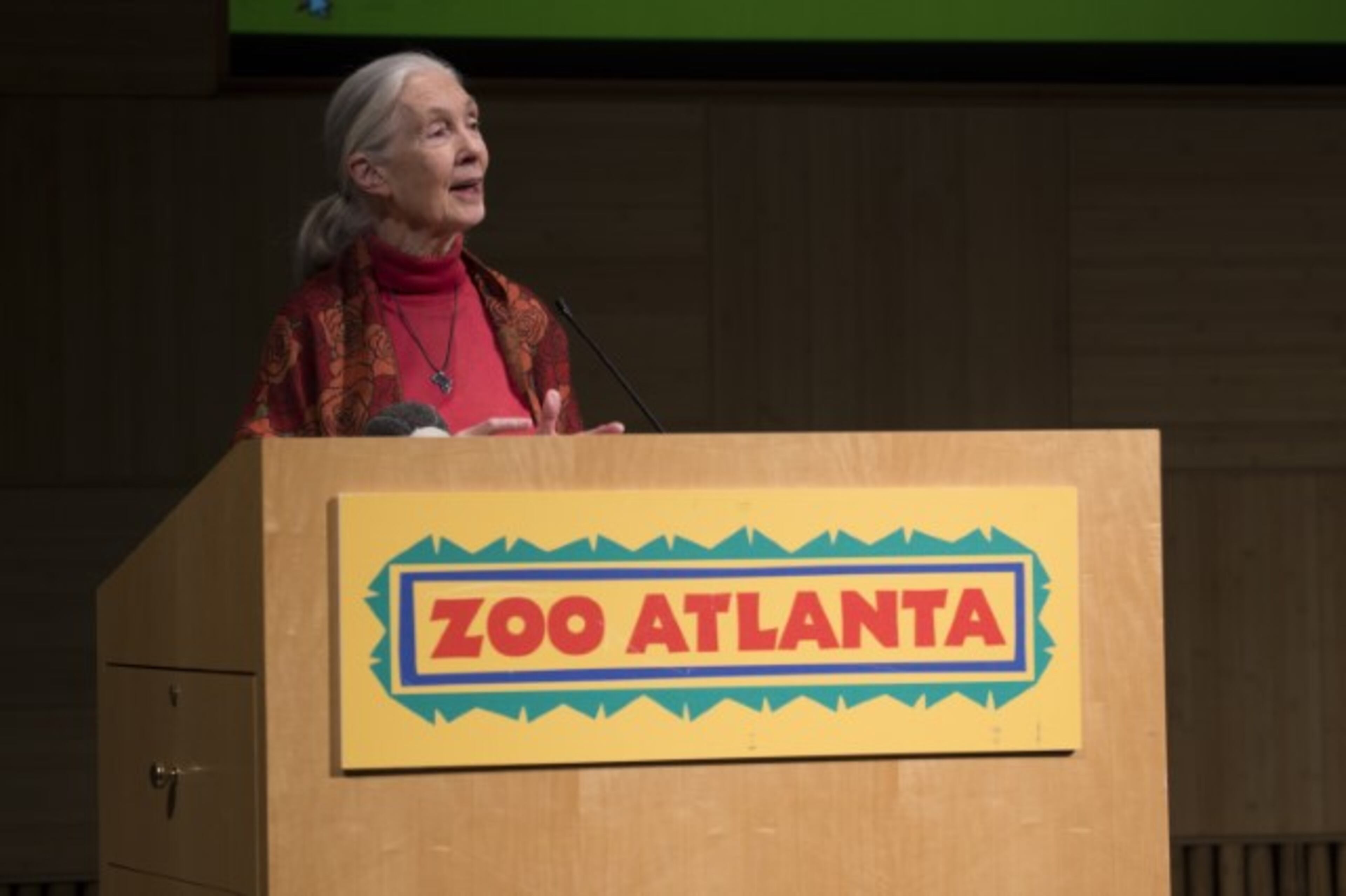
More broadly, Goodall shaped Carrigan’s values. Carrigan recalls listening to Goodall speak and being compelled to write down Goodall’s words: “You cannot get through a single day without having an impact on the world around you. What you do makes a difference, and you have to decide what kind of difference you want to make.”
Carrigan kept the scribbled quote close by for years.
“I don’t know why, but it just stuck with me. … I’ve kind of guided my life around it,” Carrigan said.
When Goodall visited Georgia State University in 2012, Carrigan was nearly nine months pregnant. Carrigan went to see Goodall speak anyway. She sought out Goodall to sign a book to Alex, her unborn daughter. Alex, now almost 13, still has it.
Two years later, Goodall visited Atlanta again to give a presentation to middle school students at Zoo Atlanta’s Coca-Cola World Studio. The presentation was part of her Roots and Shoots program, an educational initiative run by the Jane Goodall Institute that aims to inspire young conservationists.
“The ripple is effect there,” Carrigan said. “Jane (Goodall) inspired so many people, and now those people are inspiring other generations.”
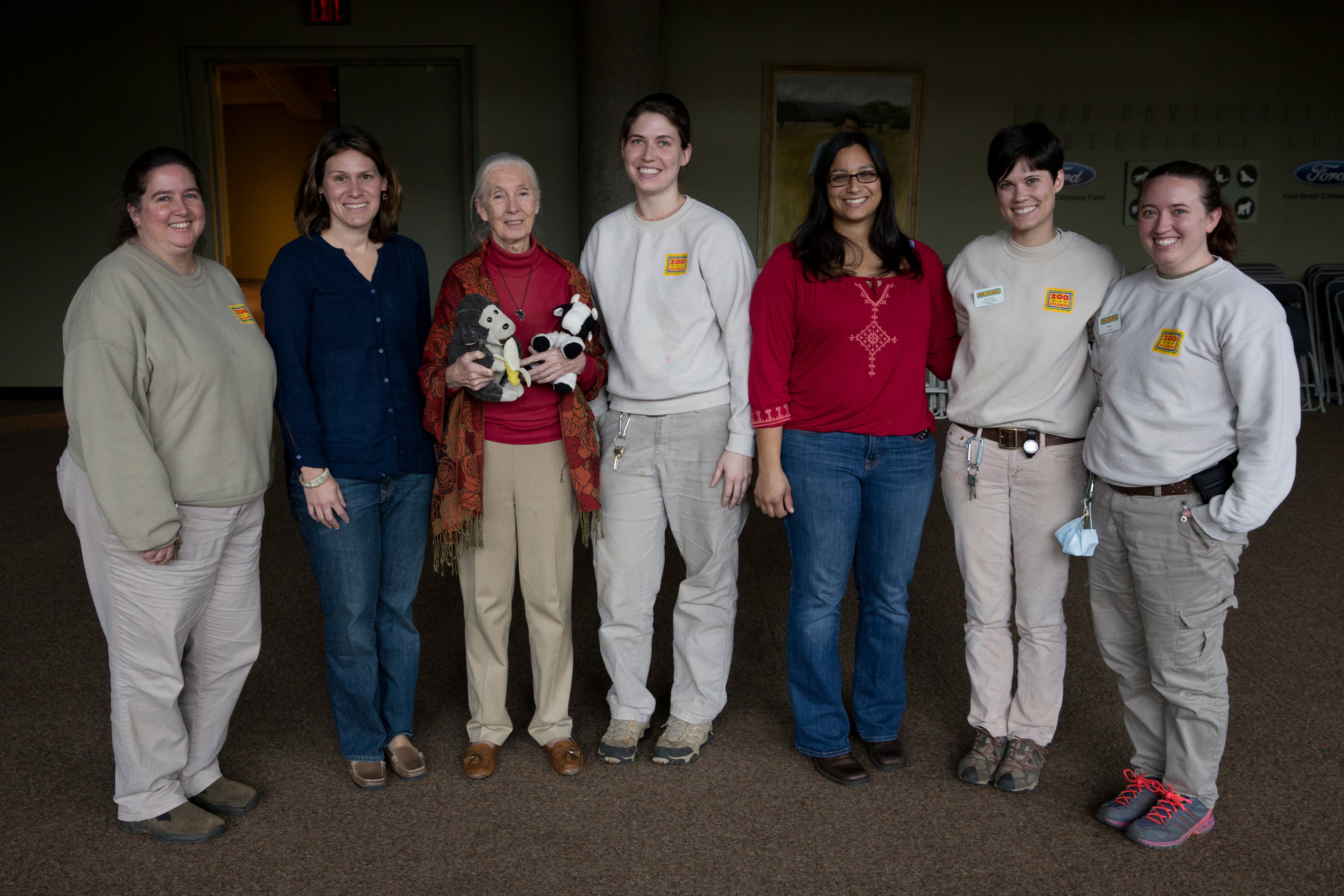
About a week before her death, Goodall was still relentless in her determination to deliver a message. At Climate Week in New York at the end of September, she warned listeners about the critically endangered status of primates, the warming climate and how the world has only a short window left to act.
From New York she went to deliver the same message in Los Angeles where she died.
“In a way, it was lovely to see that she went out on her terms,” Stoinski said, “doing what she did and loved: speaking on behalf of the planet up until the day she passed away.”
